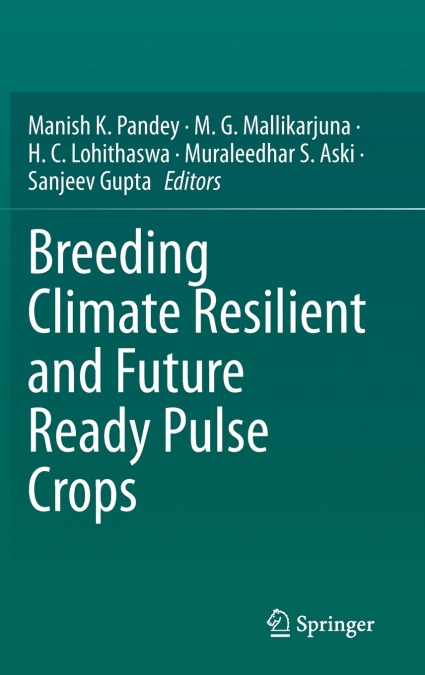
This edited volume covers the application of modern breeding tools for developing climate-smart pulse crop cultivars. The primary focus is on utilizing available genomic resources and next-generation breeding technologies such as genome-wide association mapping, genomic selection, genome editing, and accelerated breeding pipelines for the rapid development of stress-resilient, systems-specific pulse cultivars.Pulses contribute to 10% of global daily protein intake and 5% of energy. Their ability to fix atmospheric nitrogen and serve as an alternative protein source to meat makes them crucial in combating global warming. With the global population expected to reach 9.8 billion by 2050, pulses production needs to increase by at least 70% to meet demand. However, pulses production is facing growing biotic and abiotic challenges, exacerbated by climate change. Thus, developing next-generation climate-smart cultivars is essential to ensure food and nutritional security. Recent efforts by global and national breeding communities have led to the discovery of new genomic resources, shifting breeding from phenotype-based to genome-based approaches. These advances integrate rapid generation advancement pipelines with genomic-assisted breeding, trait mapping, and genome editing tools.This book is valuable for agricultural scientists, scholars, and graduate students involved in pulse crop improvement. It also serves as a reference for policymakers and research grant managers in formulating pulse research programs.